
New GCSE will ‘engage and inspire’ young people
The new Natural History GCSE has the potential to engage thousands of schoolchildren each year.
Get information on the legal shooting season for mammals and birds in the UK.
Learn about our current conservation projects and how you can get involved.
Comprehensive information and advice from our specialist firearms team.
Everything you need to know about shotgun, rifle and airgun ammunition.
Find our up-to-date information, advice and links to government resources.
Everything you need to know on firearms law and licensing.
All the latest news and advice on general licences and how they affect you.
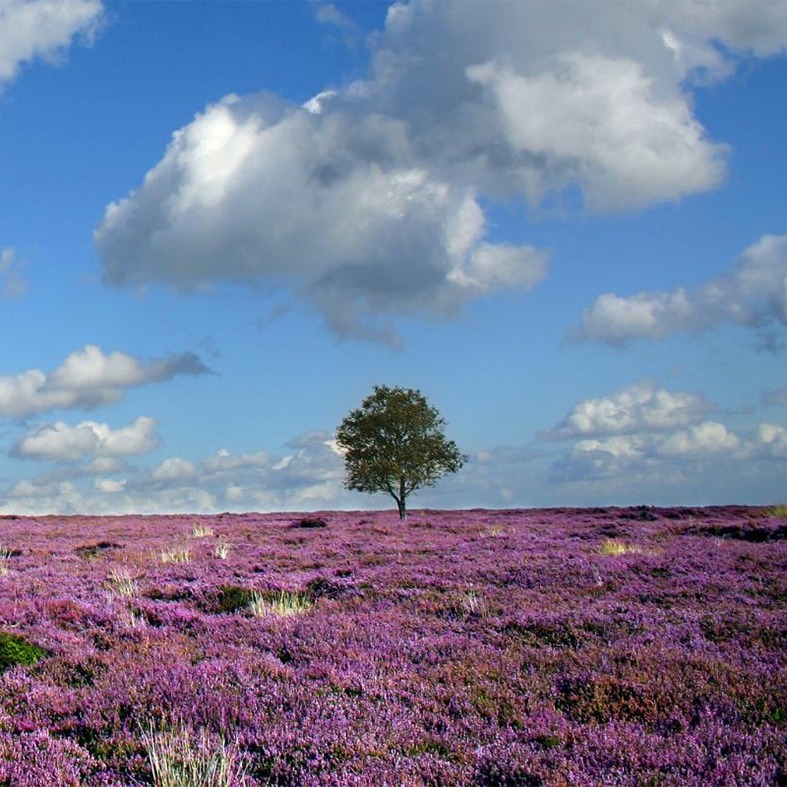

As the Glorious Twelfth approaches, British Trust for Ornithology bird ringer and renowned wildlife artist David Scott introduces some of the iconic bird species supported by moorland managed for grouse.
I am, first and foremost, a wildlife/portrait artist and photographer. But I spend much of my time monitoring bird populations on a voluntary basis as a licensed ringer for the British Trust for Ornithology (BTO). The BTO’s work, in my view, is citizen science at its best; the organisation manages the UK’s only hub for all the breeding records, which include detail on nesting attempts made by Britain’s bird species.
Under Schedule 1 permits, I monitor nests of all sorts of different species during the breeding season. And during the height of the breeding season, there are literally hundreds of nests to get around!
Moorland is a good example of how breeding success can differ depending on how the habitat is managed. I monitor a lot of managed moorland and a comparative area of unmanaged moorland. The differences are stark, to say the least. I don’t propose to get into a big debate here about both systems, though – my personal views are based on what I encounter on the ground and see with my own eyes on a daily basis.
Predation rates on moorland areas that are not managed for shooting are seriously depressing. You can return to the nest after nest to find no eggs or chicks, again and again. In contrast, on managed moorland, the success rates are incredible – as is the number of species breeding. When we go back to ring merlins or curlews weeks later on the high fells, we often find curlews still with three or four chicks at heel.
It’s important to note here that I do not speak on behalf of the BTO. But I truly believe the last hope for our breeding waders is the managed moorlands. We must start thinking of them as such. But don’t just take my word for it… what follows is a selection of images of the young of various species I have encountered during my monitoring work on managed moorland.
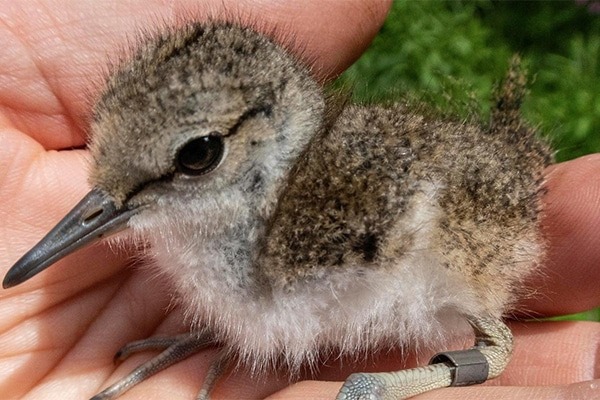
A summer migrant that spends winter in Africa and graces the streams, burns and lochs of the moors to breed. The nest is typically a small, tidy cup on a bank near water, and normally under a bush or clump of vegetation. Four tiny eggs around the size of a blackbird’s egg hatch into chicks, all of which you could fit in the palm of your hand, with room to spare. Feeding on midges along the riverbank, the chicks grow fast but bad weather can decimate new hatchlings.
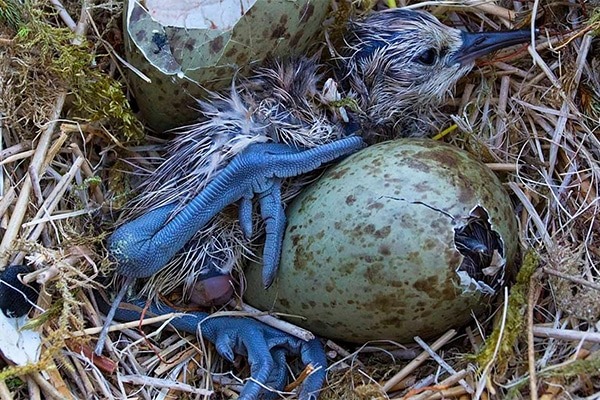
The iconic call of the curlew is synonymous with the high fells in spring – the last bastions of breeding ground for this sadly declining species. Four eggs are laid and the chicks set about feeding on insects from the minute they have used their yolk sacs 24 hours or so after hatching, while the parents stand guard against predators as they forage. The females leave the fells before chicks can fly and the lion’s share of maternal duties then fall to the males who will see their charges to flight.

This robust wader will build different nest scrapes, primarily on shingle or pebbled areas in a burn/stream, or it will collect dead heather branches, sticks and stems to form a loose cup. It usually lays three eggs but occasionally four can be found; they hatch into fluffy, grey, striped chicks that freeze and flatten when they hear alarm calls from their parents. They are camouflaged perfectly on broken ground. A long-lived species, we have some on our winter study area that are over 30 years old!

Also known as peewits or green plover, these birds used to be a common sight on farmland and low upland pasture, with huge flocks forming in autumn as they made their way south to the estuaries for winter. They have sadly vanished as a breeding bird from nearly all the historic lowland areas, and the high fells are now home to the last big breeding nuclei of birds. Predation and changes to agriculture are two of the main drivers of the decline of this iridescent, crested jewel of the fells.
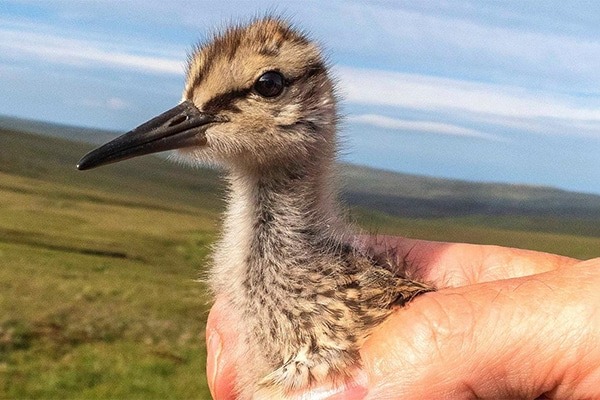
The redshank relies on the lower sheep pastures and meadows as its breeding areas on the fells. Its four eggs are normally hidden in a small clump of grass or Juncus rush with a woven grass lining. They like the grass a certain length to feel safe and we can lose breeding pairs from traditional areas because of a change in grass-cutting and grazing methods. They are secretive and easy-to-overlook birds when on eggs. But as soon as they have chicks nearby, they call in alarm incessantly and swoop around you.
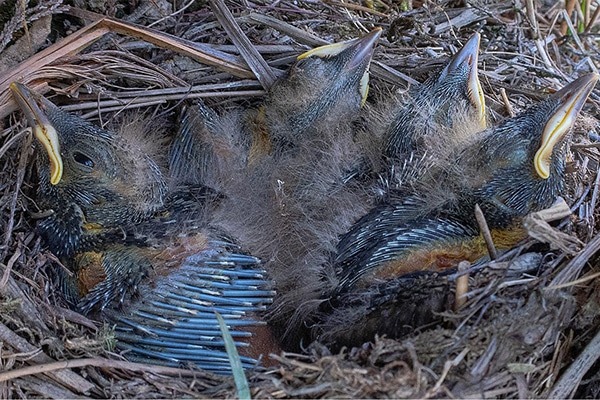
Something of an enigma, this bird is one that most people have never heard of, let alone seen. Best described as a mountain blackbird on steroids, they come to the high fells and moors to breed from their wintering grounds in the high Atlas mountains of Morocco. The males arrive first and sing their beautifully soft melancholic song to attract the arriving females. Nests are built on steep burn-sides under a clump of heather or grass that is hidden from view, or into a rocky recess. A typical clutch consists of four or five eggs.

This diminutive little wader is easy to miss on the high tops where it chooses to breed. It forms large flocks on the southern estuaries in winter, but in spring it will return to the very tops of the high fells. Here it builds a tiny nest in a dry clump the diameter of a coffee mug, in a wet area that has an inch or two of water on the top of the grass. The chicks are literally the size of a bumblebee on hatching and run around the marsh catching insects and midges on which they feed.
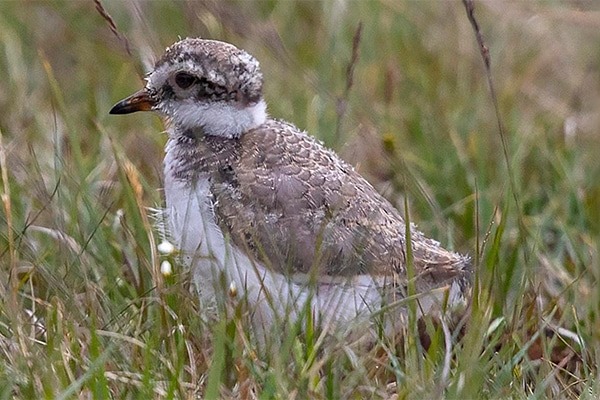
Another small species of wader that is often overlooked, this bird likes the edges of lakes, lochs and waterbodies for nesting, with three or four eggs laid directly onto small pebbles or shingle. The speckled and blotched eggs are camouflaged perfectly like stones on the beach, but they are still vulnerable to foxes with good noses! A fairly sedentary wader that in southern areas like the Wash barely moves, northern breeders will go just into France for winter.
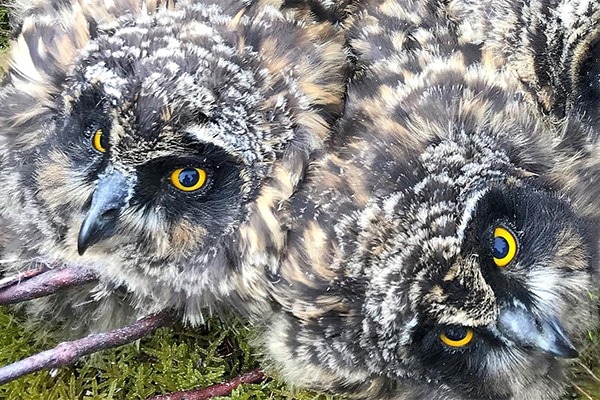
The nesting of these diurnal owls hinges entirely on the three-year ‘boom and bust’ breeding cycle of the short-tailed vole, its primary food source. In all the nests I have looked in over the years, I’ve only discovered bird remains a handful of times. Strong fliers, they breed in Scandinavia one minute and the UK the next. Eggs are incubated from the first egg, so size disparity in chicks can be massive; in a nest we found this year there were 11 chicks! The larger chicks walk from the nest as soon as they are able to, so the whole brood can be spread over hundreds of yards – a great survival strategy should the nest be found by a predator.

The UK’s smallest raptor is the size of a blackbird and nests among the long heather on the high tops. The few pairs that do nest on lower ground and on un-keepered areas often nest in old crow or magpie nests – a testament to how they fear predation in these areas. Four to five chicks can be raised in a good year but if meadow pipits, their main prey, are having a bad breeding season, only two or three chicks will fledge.
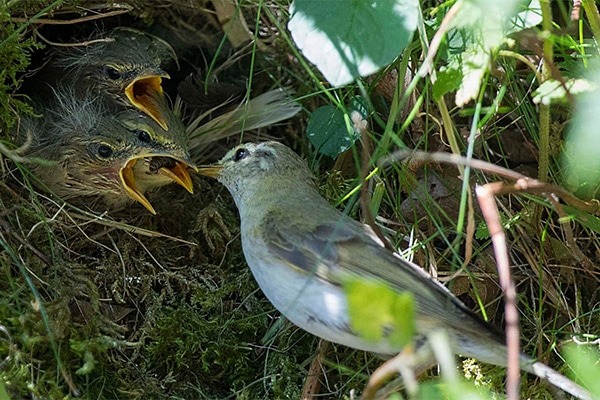
A tiny warbler that winters in sub-Saharan Africa and arrives here in April to breed where the high ground meets the farmland and trees, this species builds a tiny grass-dome nest lined with feathers into the side of a grass tussock or recess in the ground. The entrance, barely an inch and a half in diameter, hides the five or six white eggs with red speckles. Chicks leave the nest on around day 12 and have to find their own way to Africa with hard-wired DNA/GPS maps in their brains – something that continues to amaze me!
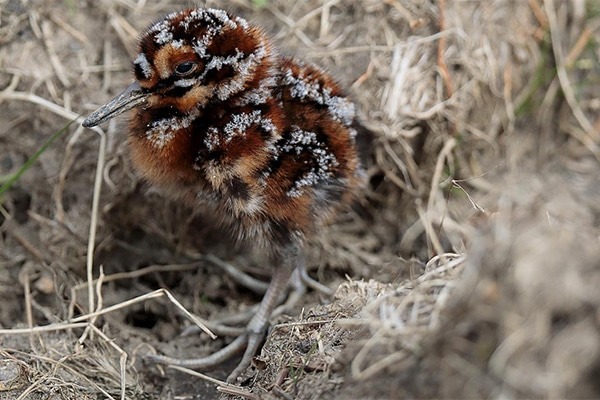
This small wader chooses to nest from early April onwards, at which time the sky is alive at dawn over breeding areas with the ‘drumming’ flights of the males as they dive towards the earth with outer tail feathers vibrating. A small clump of Juncus is its preferred nest site and there are usually four eggs in a clutch. The tiny, cryptically marked chicks are very vulnerable to predation and camouflage is their only weapon as they forage for insects with their parents.
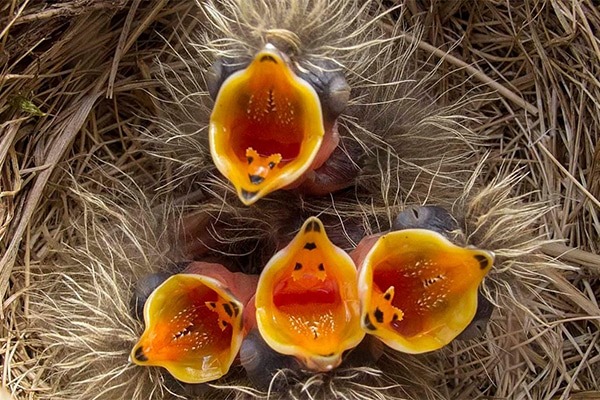
The aerial songster that fills the sky with the sounds of hope and life each spring on our moors is another ground-nester that benefits massively from predator control. The nest is woven into the ground in the lee of a grass tussock and four or five eggs are usually laid. The chicks hatch with an amazing straw-coloured down that blends them perfectly with the grasses – only the bright yellow gape on a parent’s return with food spoil the illusion! Much in decline in lowland areas, they seem to be fairly stable on the moorlands at present in our areas.
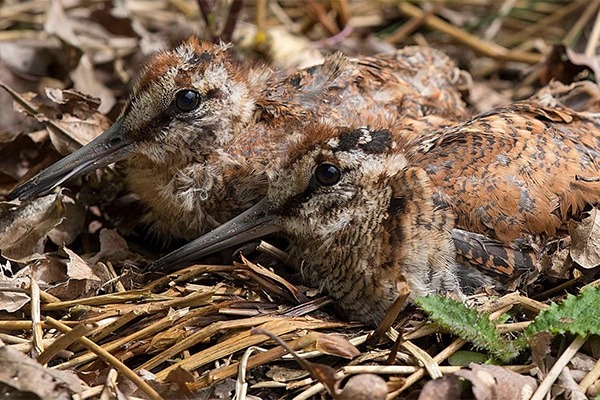
The ultimate in cryptic camouflage, this true woodland wader is an early breeder and some years nests can be found in mid-March. Four eggs are normally laid in a leaf-lined cup under a small branch or into a rush tussock. The incubating bird is invisible when sitting and only the eye gives them away when you look at the nest site. With its eyes set on the side of its head, this bird is capable of 360-degree vision while looking for danger and can fly in single 1,000km non-stop flights while migrating. A bird that needs much more help on the conservation front, in my opinion.

…is a renowned wildlife and portrait artist who, in his spare time, volunteers as a licensed bird ringer with the BTO.

The new Natural History GCSE has the potential to engage thousands of schoolchildren each year.
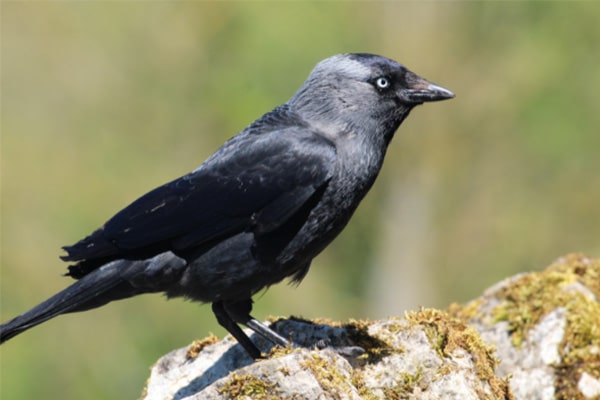
BASC is calling for users of the general licence for conservation in Wales to provide case studies to rebut NRW’s decision to remove jays, jackdaws and magpies.
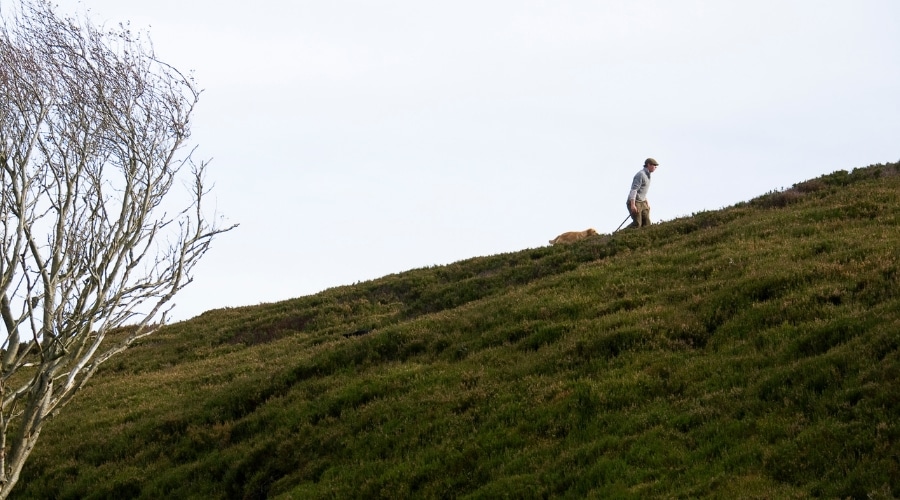
We are all in this climate emergency together, and the skills of upland gamekeepers should be held in high regard, says BASC’s Gareth Dockerty.
Sign up to our weekly newsletter and get all the latest updates straight to your inbox.
© 2023 British Association for Shooting and Conservation. Registered Office: Marford Mill, Rossett, Wrexham, LL12 0HL – Registered Society No: 28488R. BASC is a trading name of the British Association for Shooting and Conservation Limited which is authorised and regulated by the Financial Conduct Authority (FCA) under firm reference number 311937.
If you have any questions or complaints about your BASC membership insurance cover, please email us. More information about resolving complaints can be found on the FCA website or on the EU ODR platform.
This website uses cookies so that we can provide you with the best user experience possible. Cookie information is stored in your browser and performs functions such as recognising you when you return to our website and helping our team to understand which sections of the website you find most interesting and useful.
Strictly Necessary Cookie should be enabled at all times so that we can save your preferences for cookie settings.
If you disable this cookie, we will not be able to save your preferences. This means that every time you visit this website you will need to enable or disable cookies again.
This website uses Google Analytics to collect anonymous information such as the number of visitors to the site, and the most popular pages.
Keeping this cookie enabled helps us to improve our website.
Please enable Strictly Necessary Cookies first so that we can save your preferences!
More information about our Cookie Policy